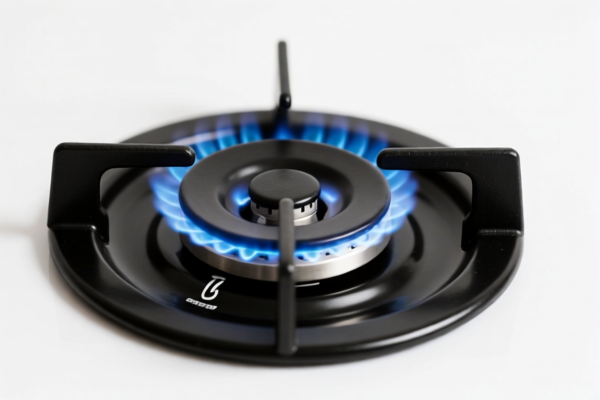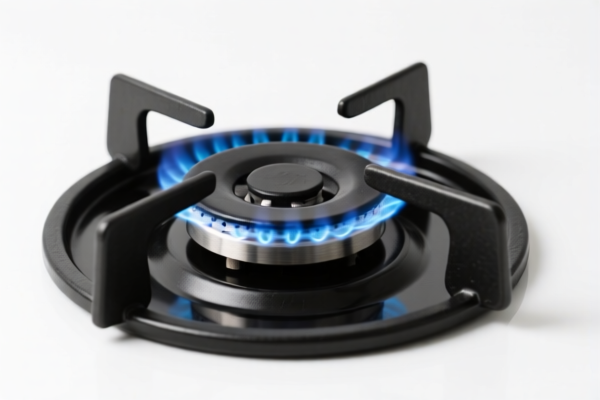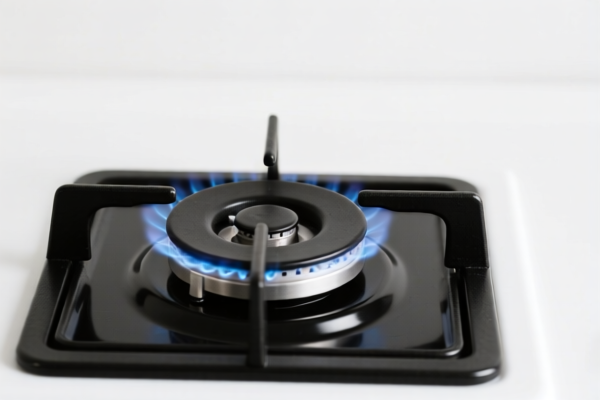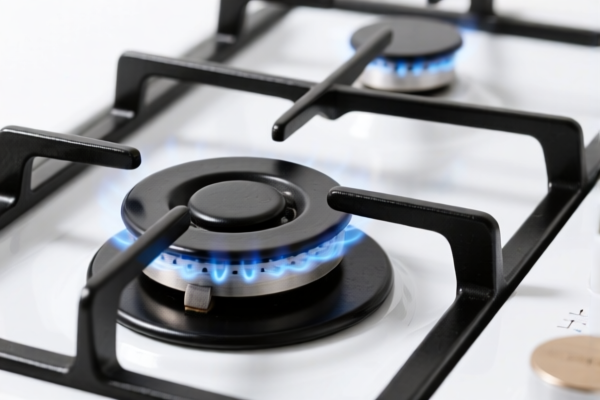| HS Code | Official Doc | Tariff Rate | Origin | Destination | Effective Date |
|---|---|---|---|---|---|
| 8516604060 | Doc | 55.0% | CN | US | 2025-05-12 |




Burner
A burner, in its broadest sense, refers to a device that produces flames by combining a fuel with an oxidizer, typically air. The resulting combustion generates heat and light. However, the term most commonly refers to specific types of devices with distinct applications.
Types and Applications
1. Fuel Burners (Industrial/Commercial Heating):
- Purpose: These are used in a wide range of heating applications, including boilers, furnaces, ovens, kilns, and industrial processes. They provide controlled heat for various purposes like power generation, material processing, and manufacturing.
- Function: Fuel burners mix fuel (natural gas, propane, oil, coal, biomass) with air and ignite the mixture. The rate of fuel and air delivery controls the heat output. Combustion efficiency and emissions control are key design factors.
- Common Types:
- Atmospheric Burners: Rely on natural draft for air intake. Simpler and less expensive, suitable for lower heat demand applications.
- Forced-Air Burners: Use a fan to force air into the combustion chamber, providing better control and higher heat output.
- Premix Burners: Mix fuel and air before combustion, resulting in lower NOx emissions.
- Regenerative Burners: Utilize heat recovery to preheat combustion air, improving efficiency.
- Multi-Fuel Burners: Designed to operate on different types of fuels.
- Usage Scenarios: Power plants, chemical processing facilities, cement plants, large commercial buildings, foundries, and manufacturing operations.
2. Gas Stoves/Burners (Residential/Culinary):
- Purpose: Used for cooking food.
- Function: Gas stoves utilize burners to provide a controlled flame for heating cookware. Gas (typically natural gas or propane) is released through small holes and ignited, creating a visible flame. Valve control regulates the gas flow and flame size.
- Common Types:
- Open Burners: The most common type, with visible flames.
- Sealed Burners: The flame is enclosed within a burner cap, providing more even heat distribution and easier cleaning.
- High-Efficiency Burners: Designed to maximize heat transfer to cookware.
- Usage Scenarios: Home kitchens, restaurants, and food service establishments.
3. Waste Burners (Incineration):
- Purpose: Used to destroy waste materials through controlled combustion.
- Function: Waste burners incinerate various types of waste, reducing volume and potentially generating energy. They require high temperatures and careful emissions control.
- Common Types:
- Mass Burn Incinerators: Burn waste with minimal pre-treatment.
- Fluidized Bed Incinerators: Utilize a bed of granular material to improve combustion efficiency.
- Rotary Kiln Incinerators: Utilize a rotating kiln to process solid waste.
- Usage Scenarios: Waste management facilities, hospitals, and industrial processes generating hazardous waste.
4. Disposable Burner Phones:
- Purpose: Provide temporary, anonymous communication.
- Function: These are prepaid mobile phones sold with limited airtime, often used to avoid tracking or for short-term communication needs.
- Usage Scenarios: Situations requiring privacy, temporary communication, or avoiding personal identification. Often associated with illicit activities, but also used for legitimate purposes.
5. Laboratory Burners (Bunsen Burner):
- Purpose: Provide a controlled flame for heating, sterilization, and other laboratory applications.
- Function: Mixes a flammable gas (typically natural gas or propane) with air and ignites it, creating a hot, stable flame. Air intake is adjustable to control flame temperature and characteristics.
- Usage Scenarios: Chemistry laboratories, biology labs, and educational settings.
Materials
Burner construction materials vary depending on the application. Common materials include:
- Stainless Steel: Resistant to corrosion and high temperatures, commonly used in gas stoves, laboratory burners, and industrial burners.
- Cast Iron: Durable and heat-resistant, used in some gas stove components.
- High-Temperature Alloys: Used in industrial burners to withstand extreme temperatures and corrosive environments.
- Ceramic Materials: Used for insulation and burner components in high-temperature applications.
Based on the provided information, the declared goods "burner" can be classified under the following HS codes:
- 8516604060: This HS code covers electric instantaneous or storage water heaters and immersion heaters; electric space heating apparatus and soil heating apparatus; electrothermic hairdressing apparatus (for example, hair dryers, hair curlers, curling tong heaters) and hand dryers; electric flatirons; other electrothermic appliances of a kind used for domestic purposes; electric heating resistors, other than those of heading 8545; parts thereof: Other ovens; cooking stoves, ranges, cooking plates, boiling rings, grillers and roasters: Cooking stoves, ranges and ovens Other: Portable. This code includes cooking stoves, ranges, and ovens, which may utilize burners as a component.
- 85: Electrical machinery and equipment; parts thereof.
- 16: Insulated electrical machinery and equipment.
- 60: Other ovens; cooking stoves, ranges, cooking plates, boiling rings, grillers and roasters.
- 40: Cooking stoves, ranges and ovens Other.
- 60: Portable.
According to the provided reference material, the HS code options related to 'burner' are limited, with only the following 1 found.
Regarding HS code 8516604060, please note that it covers portable cooking stoves, ranges, and ovens. The applicable tax rate is a base tariff of 0.0%, an additional tariff of 25.0%, and an additional tariff of 30.0% after April 2, 2025. The total tax rate is 55.0%.
Customer Reviews
No reviews yet.